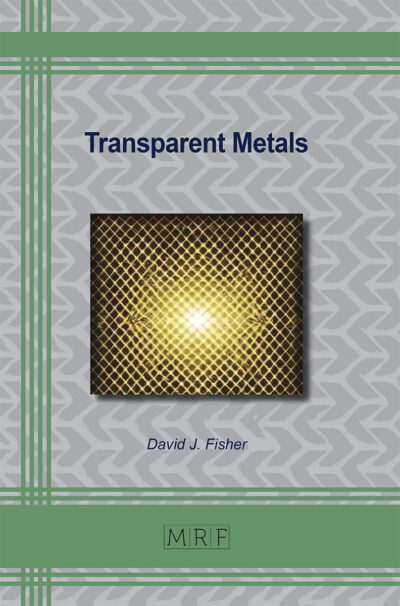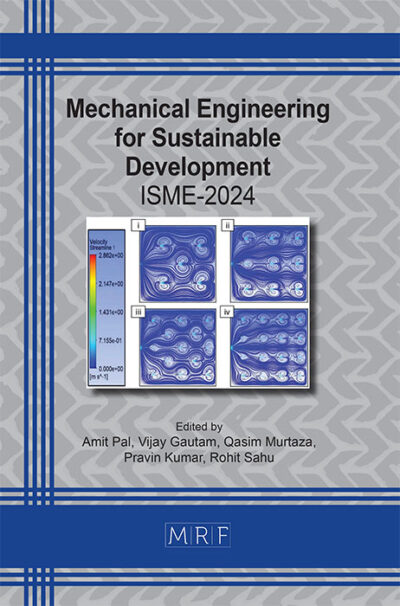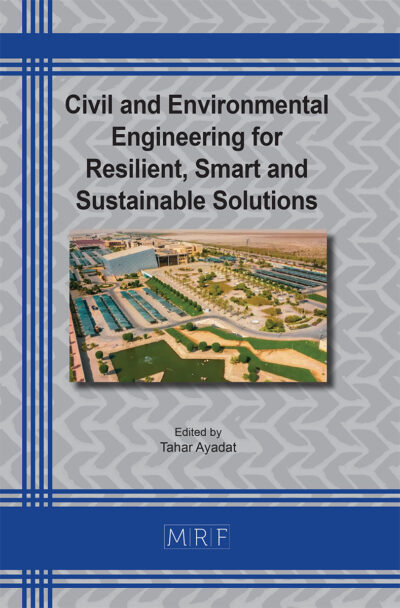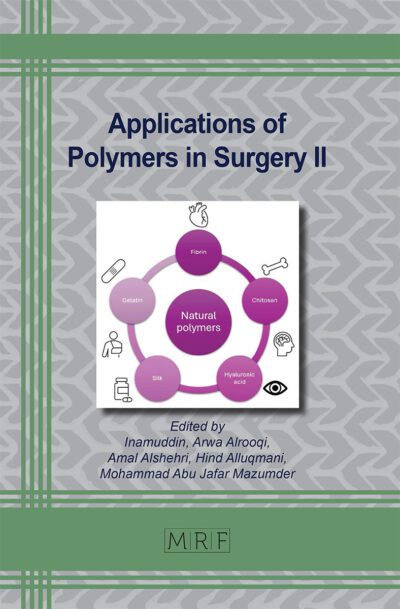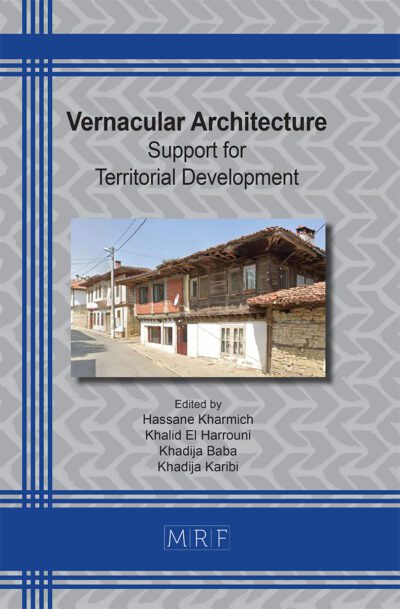Investigation on moisture susceptibility of asphalt mixtures containing ground tire rubber and de-vulcanized rubber
Fatemah Alasfour, Hayaa Almutairi, Suad Al-Bahar
Abstract. The growing environmental threats of accumulating waste tires have raised the need to recycle and utilize them effectively, such as incorporating recycled crumb rubber in asphalt pavement mixtures. This paper aims to assess the incorporation of processed rubber from recycled tires on the moisture susceptibility of asphalt mixtures. For this purpose, two forms of recycled rubber were utilized; Ground Tire Rubber (GTR) and De-Vulcanized Rubber (DVR), with a constant content of 12.5% of bitumen by weight in a wet process. These modified binders were used to prepare asphalt mixture samples, which were then examined using the Indirect Tensile Strength test (ITS) in wet and dry conditions. In addition, the Tensile Strength Ratio (TSR), Marshall Stability, and flow were calculated. The results for all examined mixes were compared to the control mixture, namely the 60/70 pen Type 3 Marshal Mix. The results demonstrate that the measured TSR values, stability, flow, and volume of voids for all tested mixes were within acceptable limits. By meeting the objective of this study, it is well proven that the incorporation of recycled rubber was found to be effective in improving the moisture susceptibility of asphalt mixtures. Future studies are necessary to optimize the percentage of recycled rubber utilization, and to perform life cycle assessments of such mixtures.
Keywords
Pavement, Rubber, Moisture Sensitivity, Sustainability, Tensile Strength
Published online 2/25/2025, 7 pages
Copyright © 2025 by the author(s)
Published under license by Materials Research Forum LLC., Millersville PA, USA
Citation: Fatemah Alasfour, Hayaa Almutairi, Suad Al-Bahar, Investigation on moisture susceptibility of asphalt mixtures containing ground tire rubber and de-vulcanized rubber, Materials Research Proceedings, Vol. 48, pp 1068-1074, 2025
DOI: https://doi.org/10.21741/9781644903414-115
The article was published as article 115 of the book Civil and Environmental Engineering for Resilient, Smart and Sustainable Solutions
![]() Content from this work may be used under the terms of the Creative Commons Attribution 3.0 license. Any further distribution of this work must maintain attribution to the author(s) and the title of the work, journal citation and DOI.
Content from this work may be used under the terms of the Creative Commons Attribution 3.0 license. Any further distribution of this work must maintain attribution to the author(s) and the title of the work, journal citation and DOI.
References
[1] Soleimani, S. M., Alaqqad, A. R., Jumaah, A., Mohammad, N., & Faheiman, A. (2021). Incorporation of Recycled Tire Products in Pavement-Grade Concrete: An Experimental Study. Crystals, 19. https://doi.org/10.3390/cryst11020161
[2] Picado-Santos, L. G., Capitão, S. D., & Neves, J. M. (2020). Crumb rubber asphalt mixtures: A literature review. Construction and Building Materials, 13. https://doi.org/10.1016/j.conbuildmat.2020.118577
[3] Airey, G. D., & Choi, Y.-K. (2002). State of the Art Report on Moisture Sensitivity Test Methods for Bituminous Pavement Materials. Road Materials and Pavement Design, 355-372. https://doi.org/10.1080/14680629.2002.9689930
[4] Caro, S., Masad, E., Bhasin, A., & Little, D. N. (2008). Moisture susceptibility of asphalt mixtures, Part 1: Mechanisms . International Journal of Pavement Engineering, 81-98. https://doi.org/10.1080/10298430701792128
[5] ASTM (2022). D4867 Standard Test Method for Effect of Moisture on Asphalt Mixtures., West Conshohocken, PA: American Standard for Testing Materials.
[6] AASHTO (2011). T322 -11 Determining the Creep Compliance and Strength of Hot Mix Asphalt (HMA) Using the Indirect Tensile Test Device.
[7] Chung Do, T., Tran, V. P., Le, V. P., Lee, H. J., & Kim, W. J. (2019). Mechanical characteristics of tensile strength ratio method compared to other parameters used for moisture susceptibility evaluation of asphalt mixtures. Journal of Traffic and Transportation Engineering ( English Edition ), 621- 633. https://doi.org/10.1016/j.jtte.2018.01.009








